SimScale empowers over 600k engineers globally to innovate faster, with fluid dynamics, structural mechanics, thermodynamics, electromagnetics and multiphysics simulation.



Trusted by 600,000+ users

No downloads. No remote desktop. True SaaS with instant access anywhere, anytime from your browser. Immediate accessibility, free from hardware constraints.

No disconnected tools and workflows. A single platform with broad physics & AI capabilities, unifying design and simulation through early adoption of advanced workflows. Empowering engineering teams to iterate designs faster.
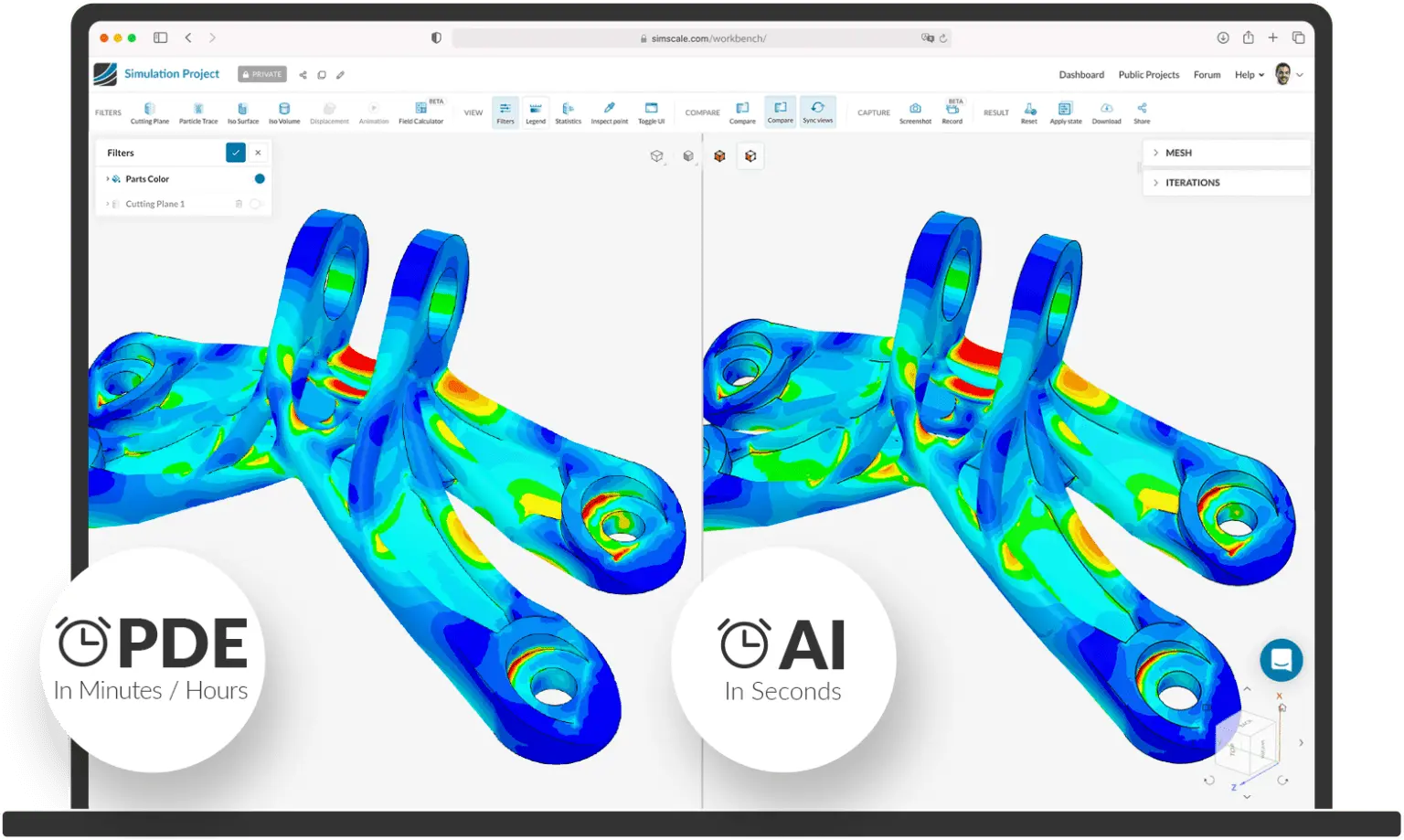
Simulation data is seamlessly stored for direct AI training. Design of Experiments can create product variations by harnessing precise simulation results, rich data, and advanced AI.

Power real-time collaboration with built-in, Google Docs-style features. Share, explore, and analyze design space simulations with your team—anytime, anywhere—without the need for downloads or file transfers. Perfect for geographically distributed teams.
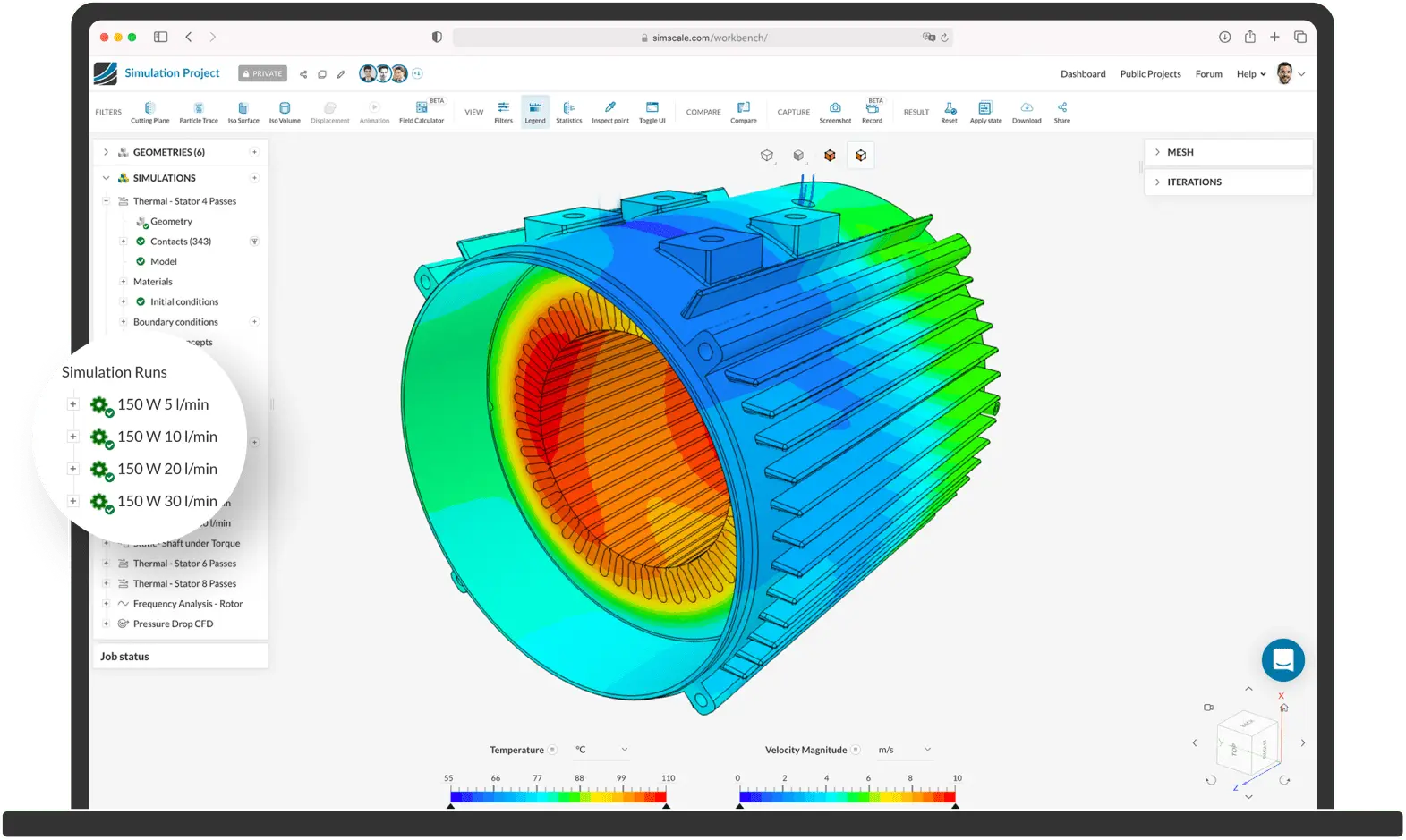
Unlock unmatched scalability with SimScale’s high-fidelity solvers and elastic HPC cloud compute. Run simulations of any size in parallel, explore designs programmatically, and analyze results instantly—without limits.
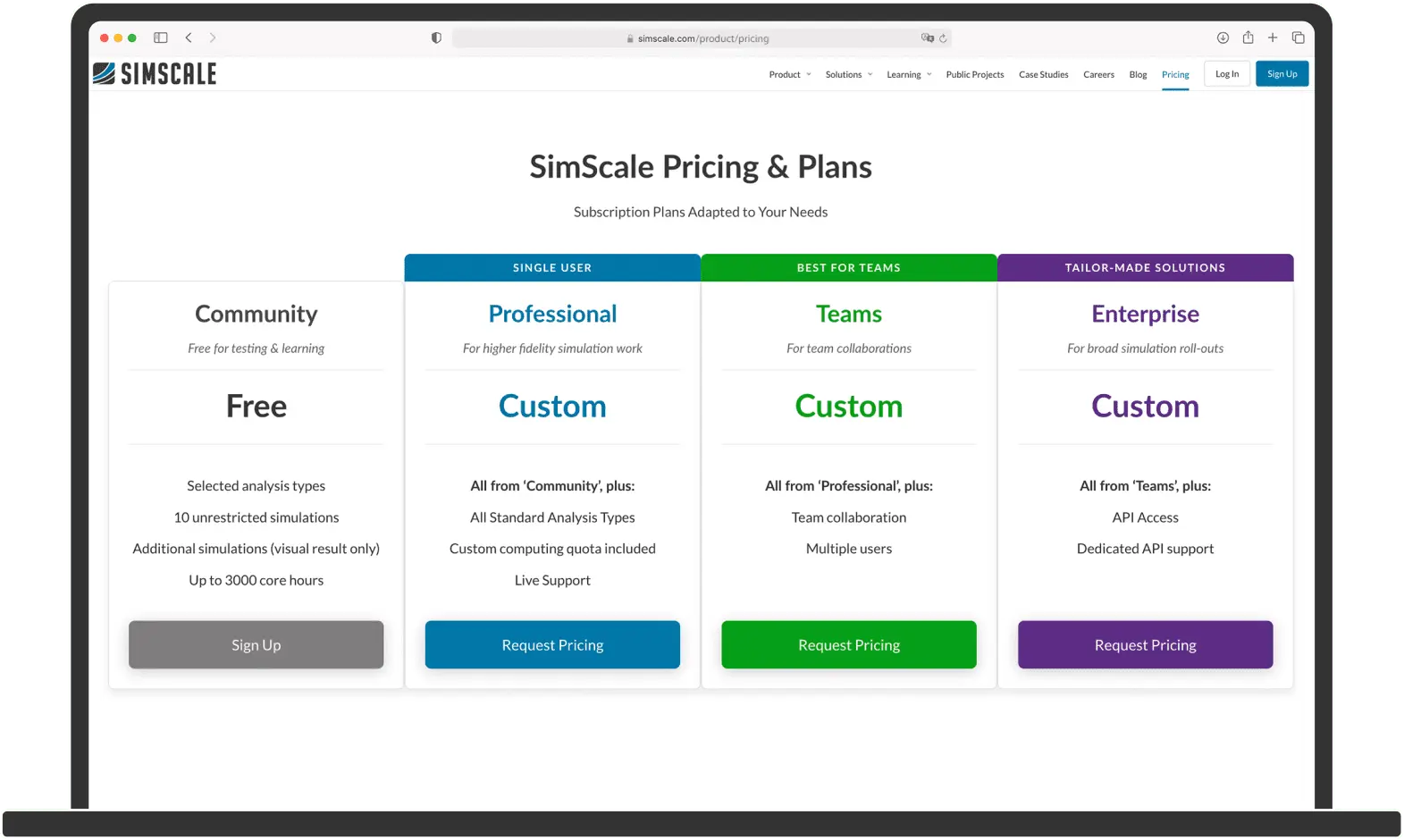
Capex-free, minimised total cost of ownership. SimScale makes simulation democratization both technically and economically viable for single users through to enterprise engineering teams.

Upload or import
via CAD Plugins
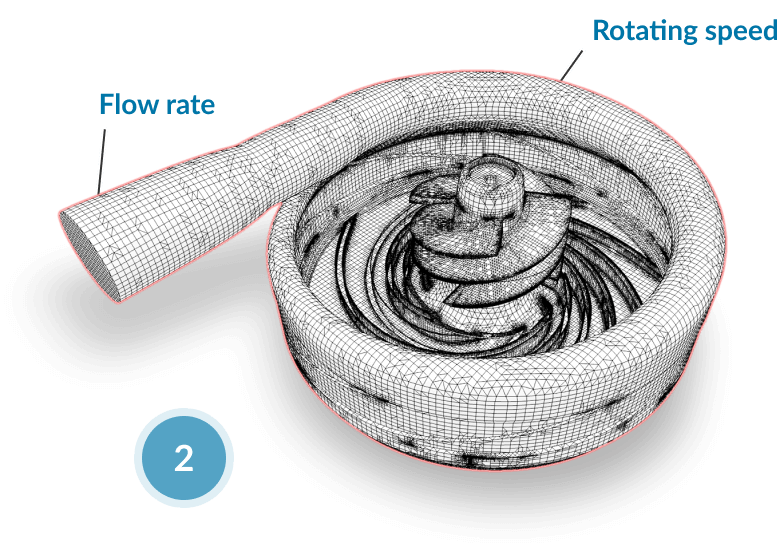
Run physics simulation & AI prediction in the cloud

Iterate, evolve and make better design decisions earlier


Stress & deformation, vibration, harmonic responses, transient dynamics, and more →
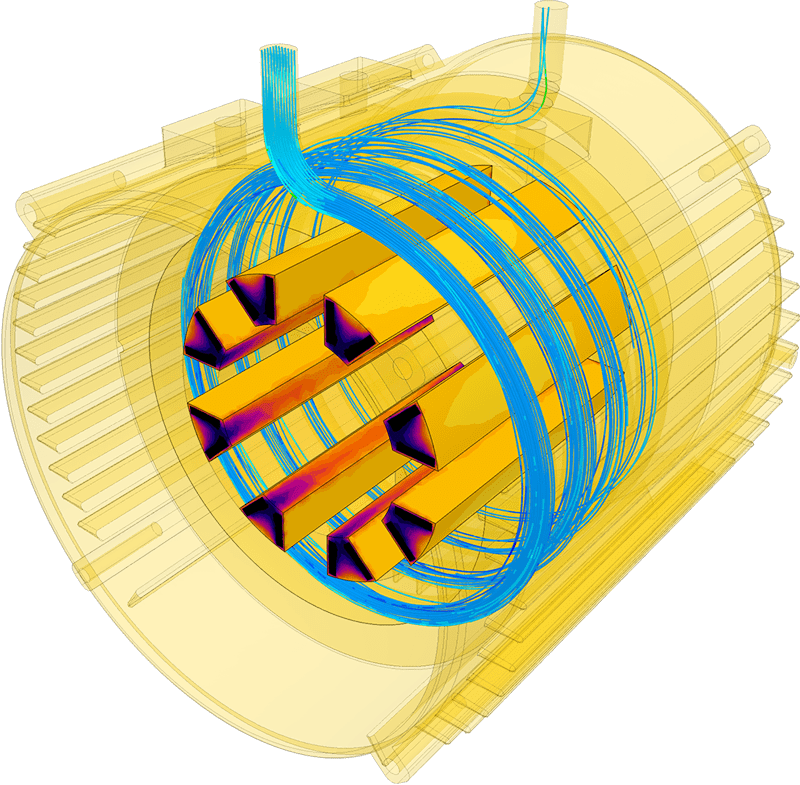
Coupled thermo-mechanical analyses, conjugate heat transfer, and more
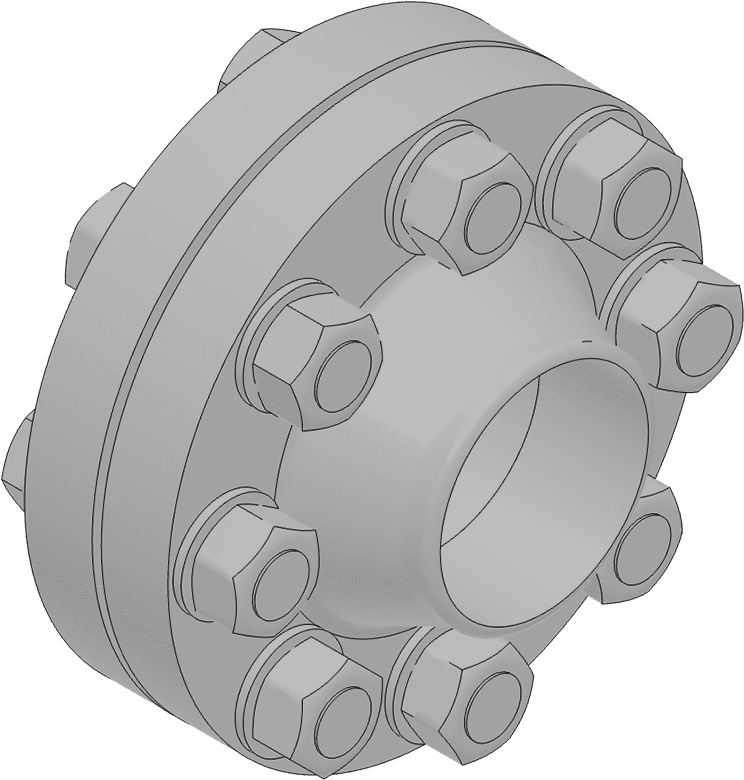
Any CAD format, direct editing capabilities

Automatic & manual, tet-, hex-, or polyhedral meshing

Best-of-breed solvers from each method (FV, FE, LBM, and more)

Integrated 3D post-processing environment

Manage simulation users, data, and processes in one place

Unlimited storage and computing capacity
Taught at leading academic institutions
Sign up for SimScale
and start simulating now